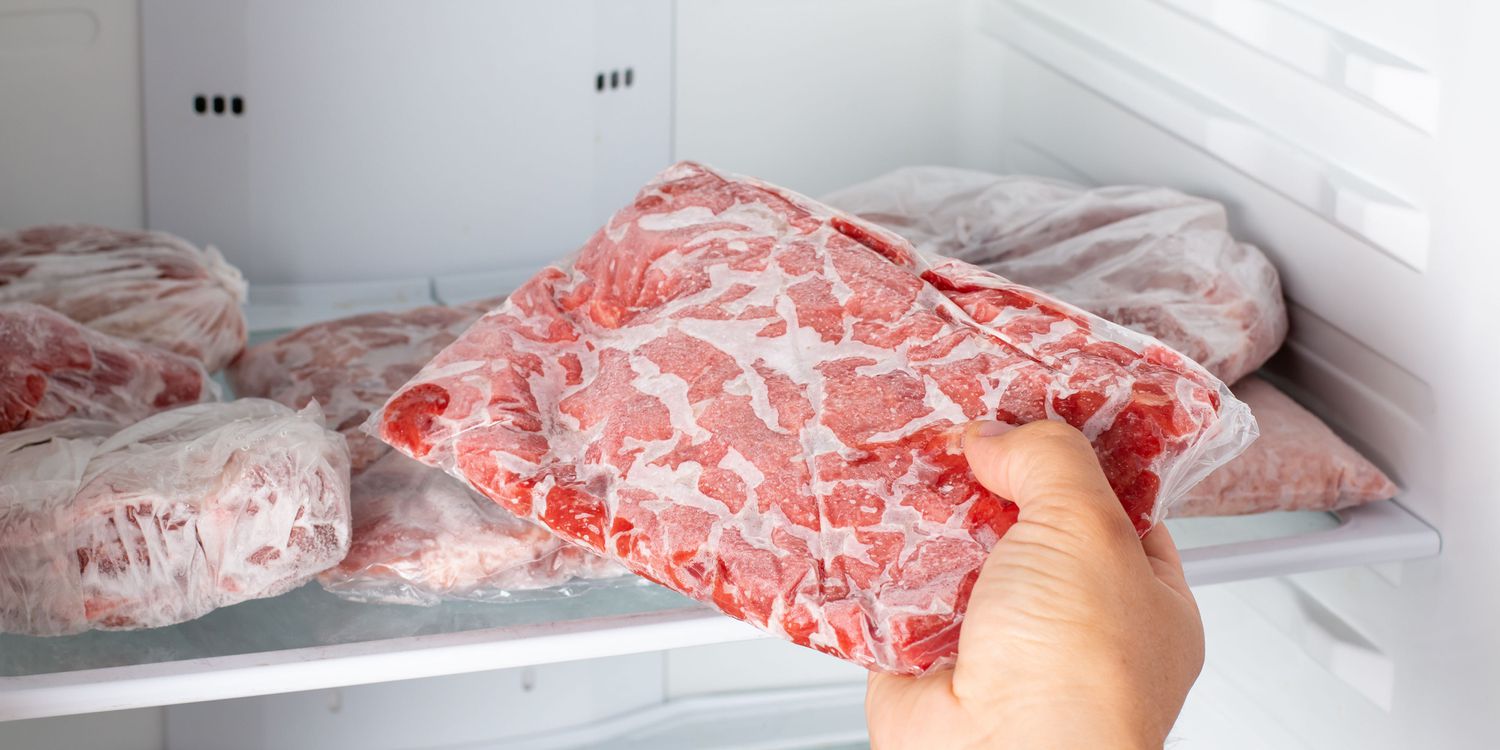

Articles
How To Store Ground Beef In Freezer
Modified: February 28, 2024
Learn the best methods for storing ground beef in the freezer with this helpful articles. Keep your meat fresh and safe for future use!
(Many of the links in this article redirect to a specific reviewed product. Your purchase of these products through affiliate links helps to generate commission for Storables.com, at no extra cost. Learn more)
Introduction
Properly storing ground beef in the freezer is an essential skill for any home cook. Whether you buy ground beef in bulk or simply have leftovers from a meal, knowing the best practices for freezing ground beef will help you preserve its taste, texture, and freshness.
Freezing ground beef not only extends its shelf life but also provides convenience. It allows you to have a ready supply of ground beef on hand, making meal preparation quicker and easier. However, improper storage can lead to freezer burn, flavor loss, and a decrease in quality.
In this article, we will discuss the importance of properly storing ground beef and provide you with step-by-step instructions on how to store your ground beef in the freezer to maintain its optimal flavor and texture. By following these tips, you can ensure that your frozen ground beef stays delicious and safe to consume for an extended period.
Key Takeaways:
- Properly storing ground beef in the freezer ensures food safety, cost-saving, and convenience. Choose the right packaging, prepare, wrap, label, and organize your ground beef for optimal results.
- Thaw frozen ground beef safely and maintain its quality by following proper storage tips. Avoid temperature fluctuations, overloading the freezer, and consume within the recommended time for best results.
Read more: How To Store Ground Beef
Importance of Properly Storing Ground Beef
Proper storage of ground beef is crucial to maintain its quality and prevent the growth of harmful bacteria. It is important to understand that ground beef is a perishable food item, meaning it can spoil quickly if not handled and stored correctly.
When ground beef is exposed to air, moisture, and fluctuating temperatures, it becomes susceptible to bacterial growth, leading to potential foodborne illnesses such as E. coli or salmonella. By storing ground beef properly, you can minimize the risk of contamination and ensure the safety of your meals.
Furthermore, storing ground beef in the freezer can extend its shelf life. Freezing slows down the degradation process and helps preserve the taste, texture, and nutrients of the meat. The freezer acts as a pause button, preserving the freshness of the ground beef until you’re ready to use it.
By properly storing your ground beef, you also gain the advantage of cost-saving. Buying ground beef in bulk or taking advantage of sales can be a great way to save money. However, if not stored correctly, you may end up wasting your hard-earned dollars on spoiled meat. Proper storage allows you to take advantage of bulk purchases without the risk of waste.
Moreover, having frozen ground beef readily available can save you time and effort in meal preparation. Whether you are making burgers, meatballs, or chili, having pre-portioned ground beef in the freezer can significantly cut down your cooking time and make weeknight dinners a breeze.
Overall, the importance of properly storing ground beef cannot be overstated. It ensures food safety, preserves quality and taste, saves money, and makes meal planning more convenient. Now that we understand why it is essential let’s delve into the steps of properly storing ground beef in the freezer.
Choosing the Right Packaging
Selecting the appropriate packaging is key to preserving the quality of your ground beef during freezer storage. The packaging should be able to protect the meat from exposure to air, moisture, and freezer burn.
Here are a few options for packaging your ground beef:
- Plastic Wrap: Plastic wrap is a common and convenient choice for wrapping individual portions of ground beef. Ensure that the meat is tightly wrapped to prevent air from reaching the surface. This type of packaging is best suited for short-term storage.
- Zip-top Freezer Bags: Zip-top freezer bags are durable and provide a good seal, preventing air and moisture from entering. It is best to remove as much air as possible before sealing the bag. These bags are ideal for storing larger quantities of ground beef.
- Vacuum-Sealed Bags: Vacuum-sealed bags are a fantastic option for long-term storage. They remove all air from the packaging, preventing freezer burn and prolonging the shelf life of the ground beef. Utilizing a vacuum sealer or purchasing pre-packaged vacuum-sealed ground beef will ensure optimum freshness.
- Freezer-Safe Containers: If you prefer a more eco-friendly option, freezer-safe containers are an excellent choice. Look for containers specifically designed for freezer storage and ensure they have a tight-fitting lid to keep air out.
Remember, regardless of the packaging you choose, it is crucial to label each package with the date of freezing to keep track of how long the ground beef has been in the freezer.
Now that you know the different packaging options, let’s move on to preparing the ground beef for freezing.
Preparing Ground Beef for Freezing
Before you pack your ground beef for freezing, it is important to properly prepare the meat to ensure its quality and safety.
Here are the steps to follow when preparing ground beef for freezing:
- Choose Fresh Ground Beef: Select fresh ground beef that is within its expiration date. This will ensure that the meat is at its best quality before freezing.
- Handle with Clean Hands and Surfaces: Wash your hands thoroughly with soap and warm water before handling the ground beef. Also, make sure all utensils and surfaces are clean to prevent cross-contamination.
- Divide into Portions: Divide your ground beef into smaller portions based on your meal needs. This will allow for easier defrosting and help minimize waste.
- Shape into Patties or Logs (Optional): If you plan to use the ground beef for burgers or meatballs, you can shape it into patties or logs before freezing. This makes meal preparation more convenient later on.
- Drain Excess Fat: If you have cooked the ground beef and there is excess fat, be sure to drain it thoroughly before freezing. Excess fat can alter the texture and taste of the frozen meat.
- Cool the Meat: Allow the ground beef to cool completely before packaging. This will prevent condensation inside the packaging, which can lead to freezer burn.
By following these preparation steps, you can ensure that your ground beef is ready for freezing, maintaining its quality and flavor throughout its time in the freezer.
Now that the ground beef is prepared, let’s move on to the next step – wrapping the ground beef for freezer storage.
Wrapping Ground Beef for Freezer Storage
Properly wrapping your ground beef is essential to prevent freezer burn and maintain its quality during storage. The goal is to create an airtight seal that protects the meat from exposure to air and moisture.
Follow these steps to wrap ground beef for freezer storage:
- Plastic Wrap Method:
If you choose to use plastic wrap:
- Divide your ground beef into individual portions based on your needs.
- Place each portion of ground beef onto a sheet of plastic wrap.
- Wrap the plastic wrap tightly around the meat, ensuring there are no air pockets.
- Twist the ends of the plastic wrap to secure the package.
- Zip-top Freezer Bags and Vacuum-Sealed Bags Method:
If you’re using zip-top freezer bags or vacuum-sealed bags:
- Divide your ground beef into individual portions, if necessary.
- Place each portion of ground beef into a zip-top freezer bag or vacuum-sealed bag.
- Press out as much air as possible before sealing the bag. If using a zip-top bag, you can use the water displacement method to remove excess air by partially closing the bag and submerging it in a bowl of water, allowing the water to push the air out.
- Seal the bag tightly, ensuring there are no openings or gaps.
- Freezer-Safe Containers Method:
For freezer-safe containers:
- Divide your ground beef into individual portions.
- Place each portion into a freezer-safe container.
- Press down on the meat to remove any excess air.
- Close the lid tightly to create an airtight seal.
Regardless of the wrapping method you choose, be sure to label each package with the date of freezing to keep track of its freshness.
Now that your ground beef is securely wrapped, we’ll move on to the next step – labeling and organizing the frozen ground beef.
When storing ground beef in the freezer, divide it into individual portions and place them in airtight containers or resealable bags. Label with the date and use within 3-4 months for best quality.
Read more: How To Store Leftover Ground Beef
Labeling and Organizing Frozen Ground Beef
Labeling and organizing your frozen ground beef is essential for easy identification and maintaining an orderly freezer. By implementing a labeling system and organizing your packages, you can locate and use your frozen ground beef with ease.
Here are some steps to effectively label and organize your frozen ground beef:
- Labeling:
When labeling your packages, include the following information:
- Date: Write the date when the ground beef was frozen. This will help you keep track of its storage duration.
- Quantity: Indicate the quantity of meat in each package. This is especially useful if you divide your ground beef into multiple portions.
- Cut or Shape (if applicable): If you shaped the ground beef into patties, logs, or any other specific shape, mention it on the label. This will help you identify the package quickly when selecting your desired cut.
- Organizing:
Keep these organization tips in mind:
- Group by Date: Arrange your packages in the freezer by freezing date, placing the oldest packages at the front. This encourages the rotation of your ground beef, ensuring that the oldest packages are used first.
- Use Dividers or Baskets: If you have a lot of ground beef packages, consider using dividers or baskets to separate different cuts or shaped patties. This makes it easier to locate and access specific packages without having to search through the entire freezer.
- Keep an Inventory List: Consider creating an inventory list of the ground beef packages in your freezer. This can be a simple spreadsheet or a handwritten list. Update it whenever you add or remove packages. This will help you keep track of your stock and plan meals accordingly.
By implementing a labeling and organizing system, you can maintain order in your freezer and minimize the risk of packages getting lost or forgotten.
Now that your frozen ground beef is labeled and organized, we’ll move on to the next step – thawing and using the frozen ground beef.
Thawing and Using Frozen Ground Beef
Thawing frozen ground beef properly is crucial to ensure safe and effective cooking. There are a few methods you can use to thaw your frozen ground beef, depending on how much time you have available:
- Refrigerator Thawing:
Thawing ground beef in the refrigerator is the safest method and yields the best results. Follow these steps:
- Place the frozen ground beef package on a plate or tray to catch any potential drips.
- Put the plate with the ground beef in the refrigerator.
- Allow the ground beef to thaw slowly in the refrigerator for 24 to 48 hours, depending on the package size. Larger portions may require more time.
- Cold Water Thawing:
If you need to thaw ground beef more quickly, you can use the cold water thawing method:
- Place the frozen ground beef package in a leak-proof plastic bag to protect it from water contamination.
- Fill a large bowl or sink with cold water.
- Submerge the packaged ground beef in the cold water, ensuring it is fully immersed.
- Change the water every 30 minutes until the ground beef is thawed. This method usually takes about 1-2 hours, depending on the package size.
- Microwave Thawing:
If you’re short on time, you can use the microwave to defrost ground beef:
- Refer to your microwave’s instruction manual for the specific defrosting settings and times.
- Remove the ground beef from any packaging that isn’t microwave-safe.
- Place the ground beef on a microwave-safe plate.
- Use the appropriate defrost setting or select a lower power level to thaw the meat gently.
- Rotate and flip the ground beef periodically to ensure even thawing. Be cautious not to begin cooking the meat during the thawing process.
Once the ground beef is thawed, it’s crucial to use it promptly. Avoid refreezing previously frozen ground beef as it can compromise the texture and increase the risk of bacterial contamination. Cook your ground beef as desired, following your preferred recipe or culinary needs.
Now that you know the different methods for thawing and using frozen ground beef, we’ll move on to some tips for maintaining the quality of your frozen ground beef.
Tips for Maintaining Quality of Frozen Ground Beef
Properly storing ground beef in the freezer is essential, but there are additional measures you can take to maintain its quality throughout its freezing period. Here are some helpful tips:
- Package and Seal Properly: Ensure that your ground beef is tightly wrapped or sealed in airtight packaging to prevent air and moisture from reaching the meat. This helps prevent freezer burn and maintains the quality of the meat.
- Avoid Temperature Fluctuations: Fluctuating temperatures can negatively impact the quality of your frozen ground beef. Keep your freezer temperature consistently at or below 0°F (-18°C) to ensure optimal storage conditions.
- Don’t Overstore: It’s important not to overload your freezer, as overcrowding can impede proper air circulation and lead to uneven freezing. Leave enough space between packages to allow for airflow.
- Keep Freezer Organized: Maintain a well-organized freezer to easily locate and access your ground beef. Place the older packages at the front and rotate accordingly to ensure proper usage.
- Use Freezer-Safe Labels: Use labels specifically designed for freezer storage to ensure they adhere well and remain legible throughout the freezing period. This helps you keep track of the freezing date and quantity of each package.
- Consume within Recommended Time: While frozen ground beef can last for several months, it’s best to consume it within three to four months for optimal quality. After that period, the taste and texture of the meat may begin to deteriorate.
- Keep Freezer Clean: Regularly clean your freezer to eliminate any food residues or spills that can cause unpleasant odors and affect the quality of your frozen ground beef.
By following these tips, you can ensure that your frozen ground beef maintains its flavor, texture, and overall quality for an extended period.
Now that you’re equipped with the knowledge of how to store ground beef in the freezer and maintain its quality, you can confidently stock up on this versatile ingredient and enjoy its convenience in your culinary endeavors.
Remember, properly stored ground beef in the freezer not only saves you time and money but also ensures that you always have a supply of this delicious protein at your fingertips. Happy cooking!
Conclusion
Properly storing ground beef in the freezer is a valuable skill that allows you to extend its shelf life, maintain its quality, and enjoy the convenience of having this versatile ingredient readily available. By following the steps outlined in this article, you can ensure that your frozen ground beef stays delicious and safe to consume for an extended period.
We discussed the importance of properly storing ground beef to ensure food safety and prevent spoilage. We highlighted the benefits of freezing ground beef, such as cost-saving through bulk purchases and the time-saving aspect of having pre-portioned meat on hand.
We explored the different packaging options for freezing ground beef, including plastic wrap, zip-top freezer bags, vacuum-sealed bags, and freezer-safe containers. Each option offers a level of protection against air exposure and helps maintain the quality of the meat.
Properly preparing ground beef for freezing, including dividing it into portions and shaping it if desired, is an important step to ensure efficient freezing and future meal preparation.
We discussed the various methods for wrapping ground beef, such as using plastic wrap, zip-top freezer bags, vacuum-sealed bags, or freezer-safe containers. Creating an airtight seal is essential to prevent freezer burn and maintain the quality of the meat.
Labeling and organizing your frozen ground beef is crucial for easy identification and efficient usage. By implementing a labeling system and organizing your packages, you can easily locate and use specific portions without the hassle of searching through your freezer.
We also discussed the importance of properly thawing frozen ground beef before use and presented different thawing methods, such as refrigerator thawing, cold water thawing, and microwave thawing. Each method offers varying degrees of speed and convenience, allowing you to choose the most suitable method based on your time constraints.
To maintain the quality of your frozen ground beef, we provided several tips, including proper packaging and sealing, avoiding temperature fluctuations, not overloading your freezer, using freezer-safe labels, consuming within the recommended time, and keeping your freezer clean and organized.
In conclusion, by following these guidelines, you can confidently store ground beef in your freezer, knowing that it will remain safe, flavorful, and ready to use whenever you need it. Properly stored ground beef ensures the convenience of having this versatile ingredient at your fingertips, saving you time, money, and the headache of last-minute meal planning. So, stock up on ground beef, follow the best practices for freezing and enjoy the benefits of having this culinary staple readily available in your home.
Frequently Asked Questions about How To Store Ground Beef In Freezer
Was this page helpful?
At Storables.com, we guarantee accurate and reliable information. Our content, validated by Expert Board Contributors, is crafted following stringent Editorial Policies. We're committed to providing you with well-researched, expert-backed insights for all your informational needs.
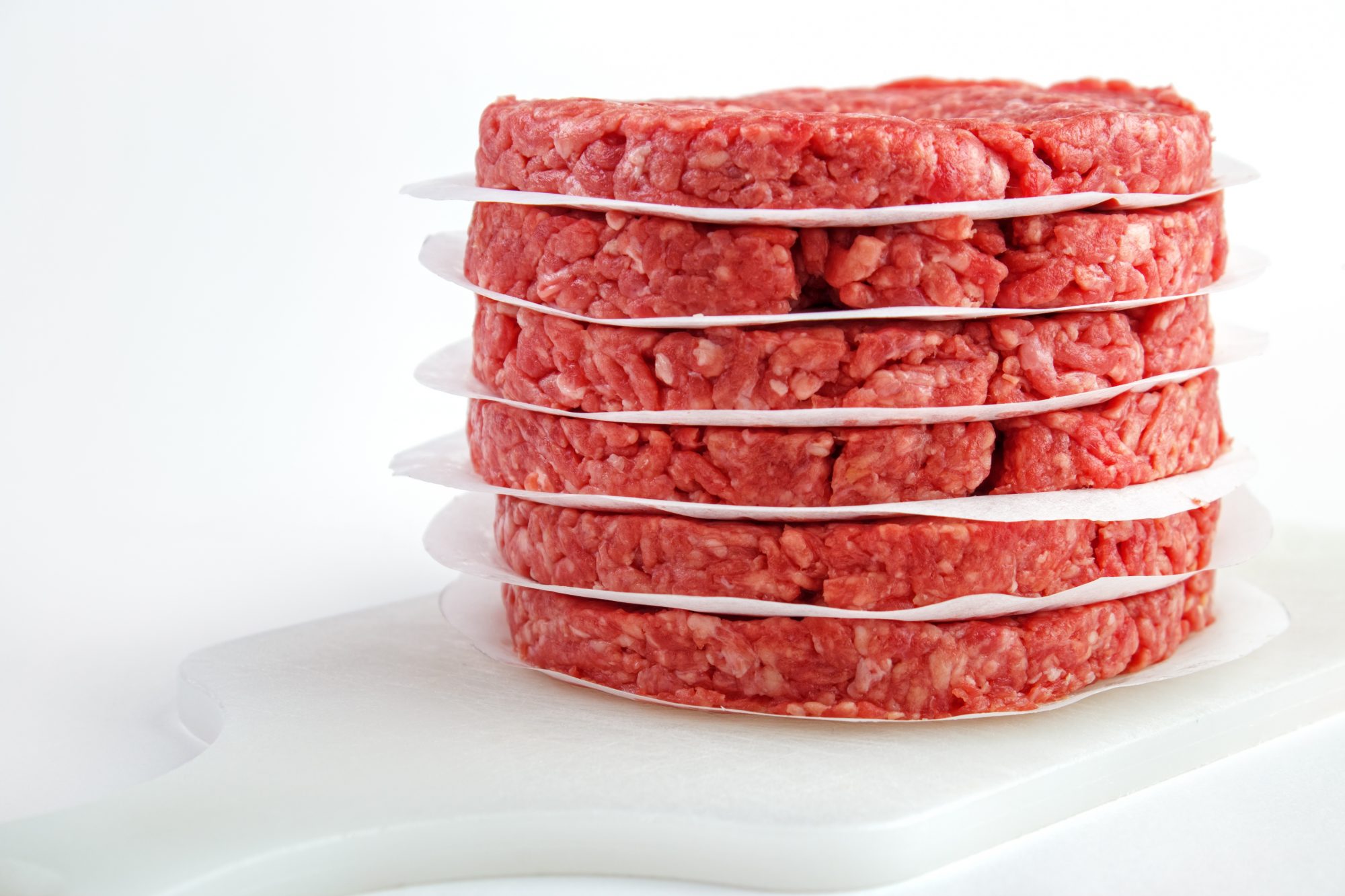
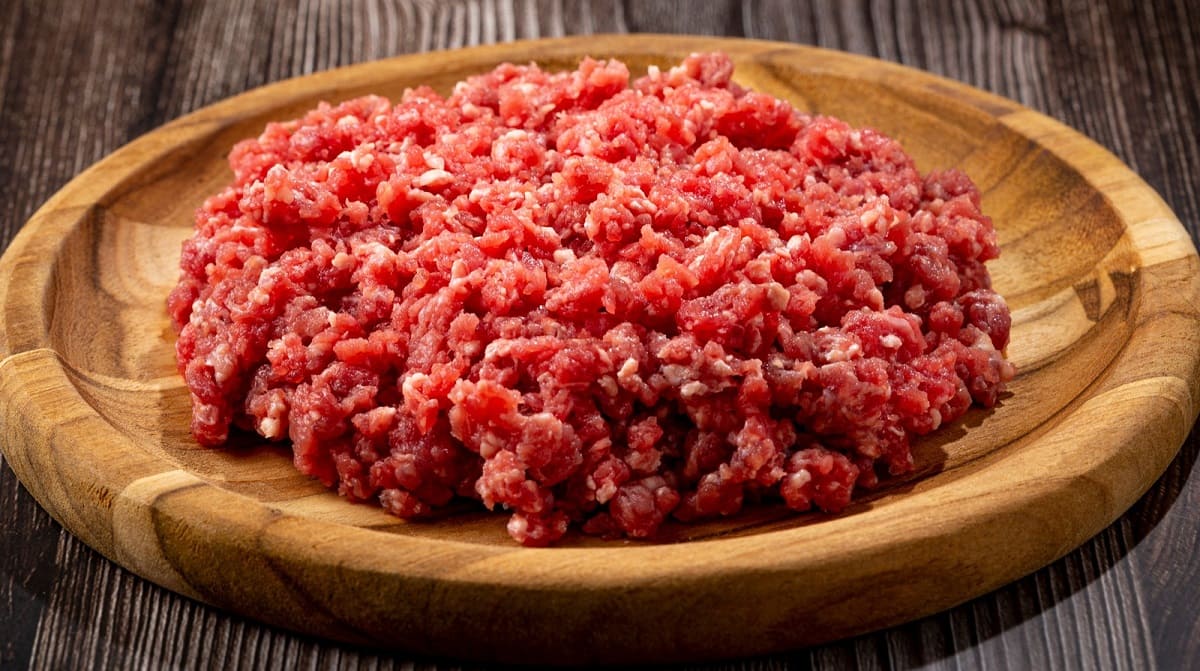
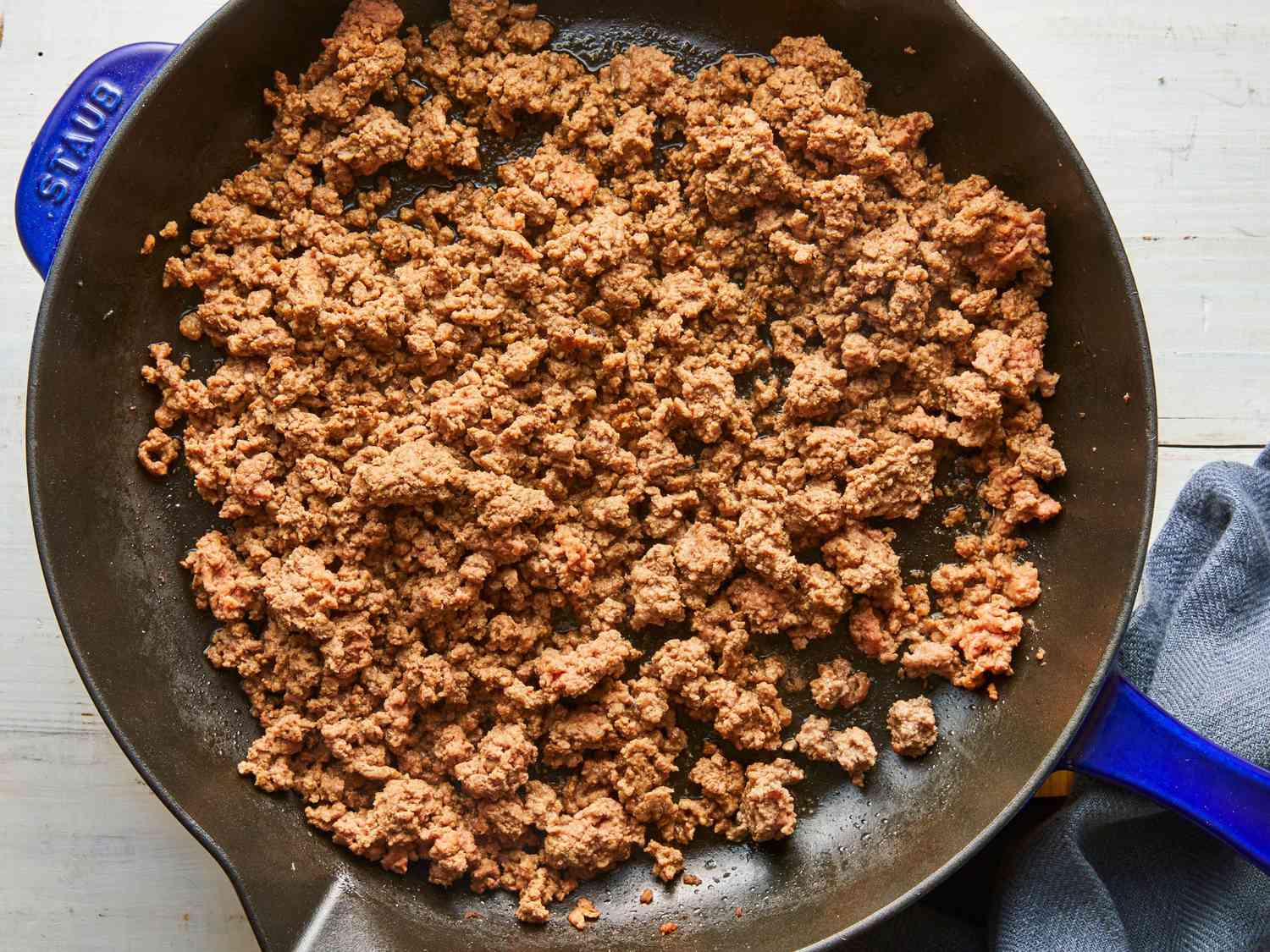
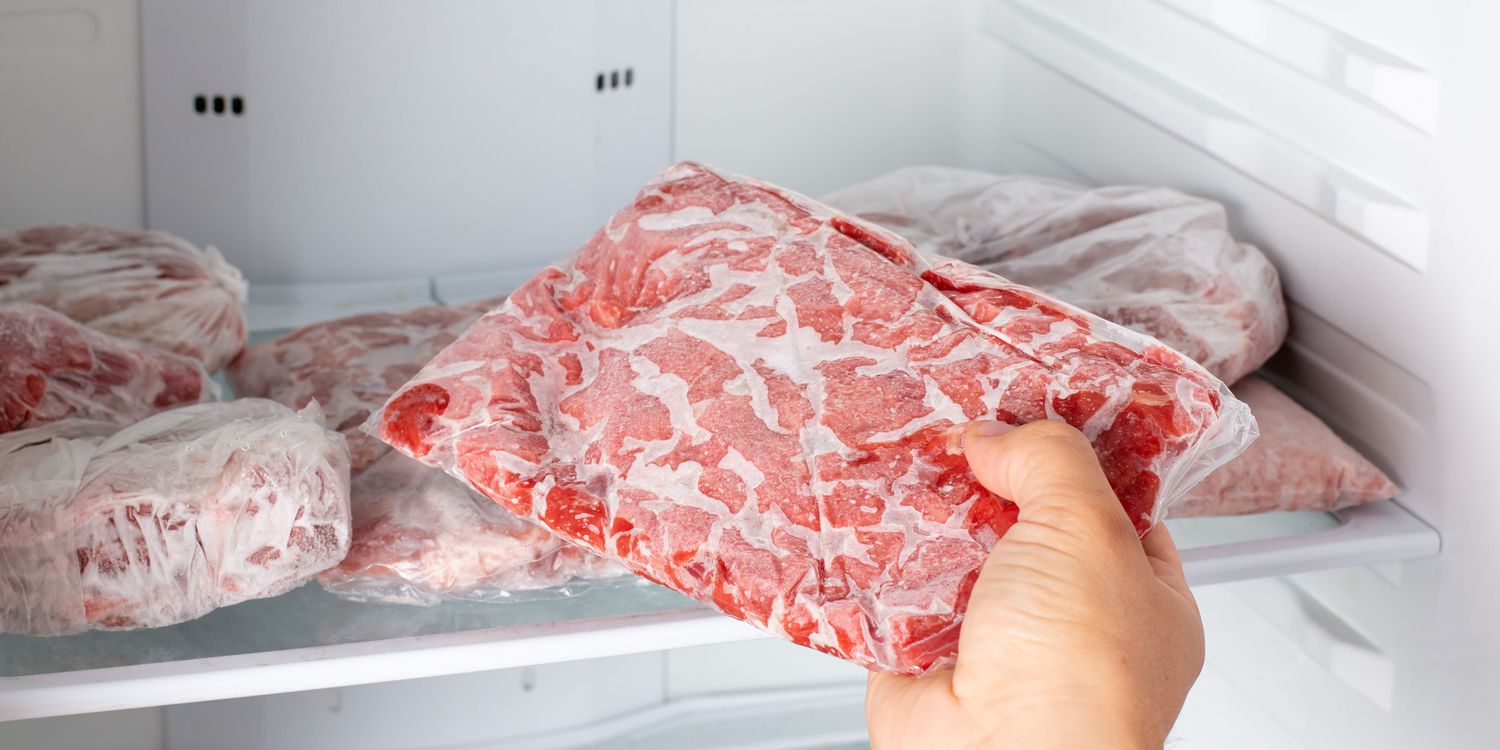
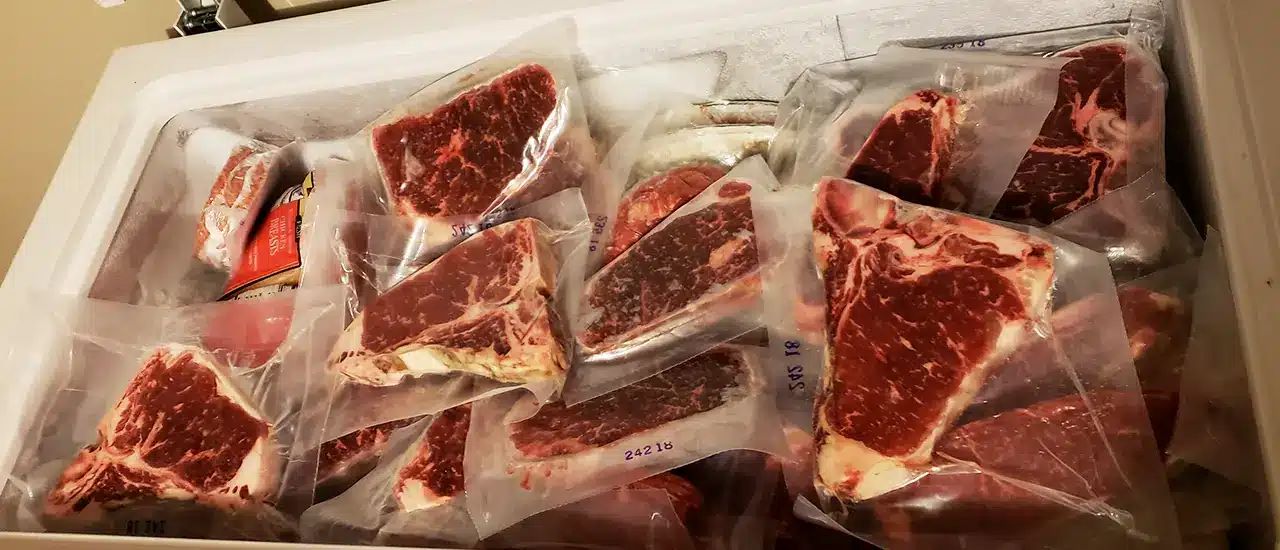
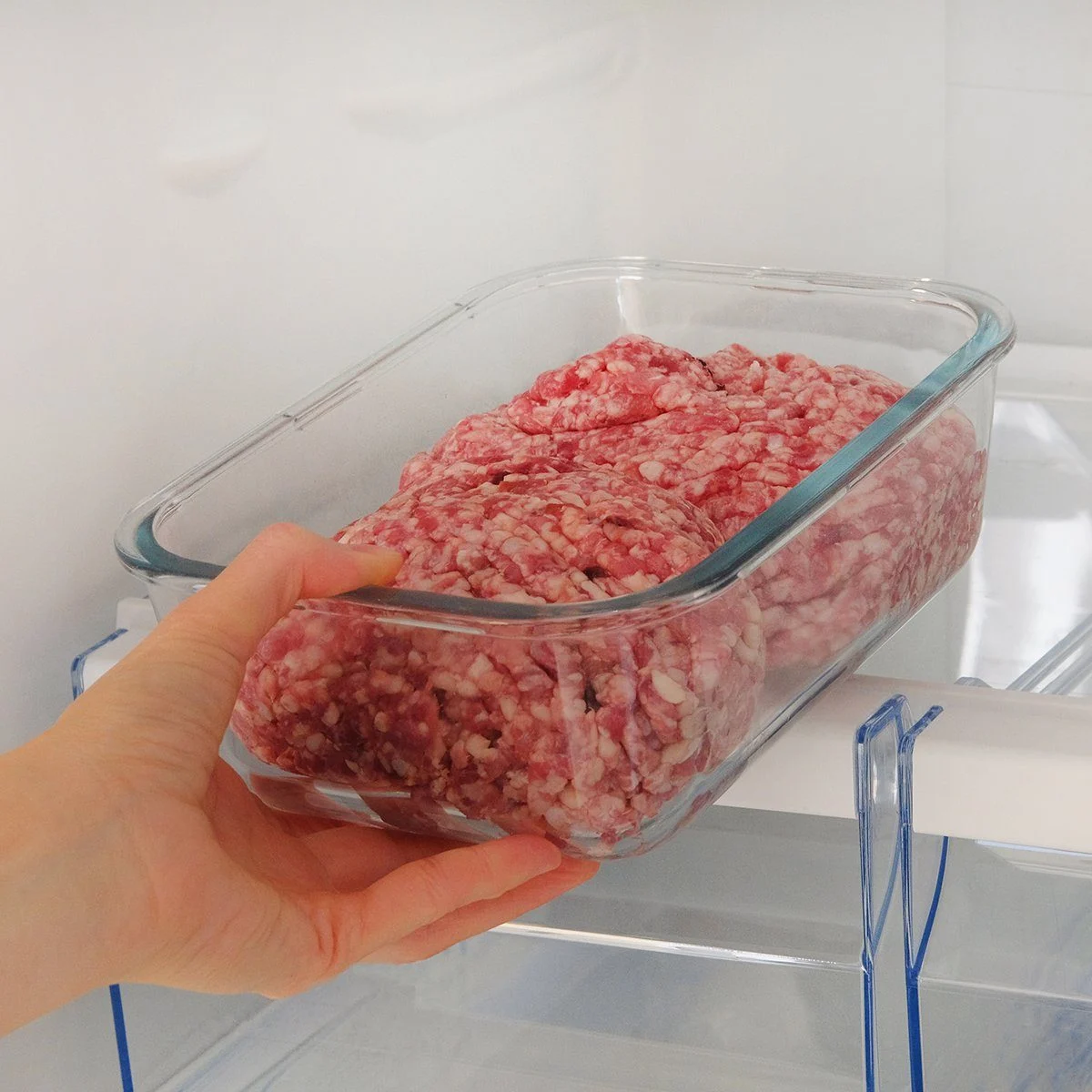
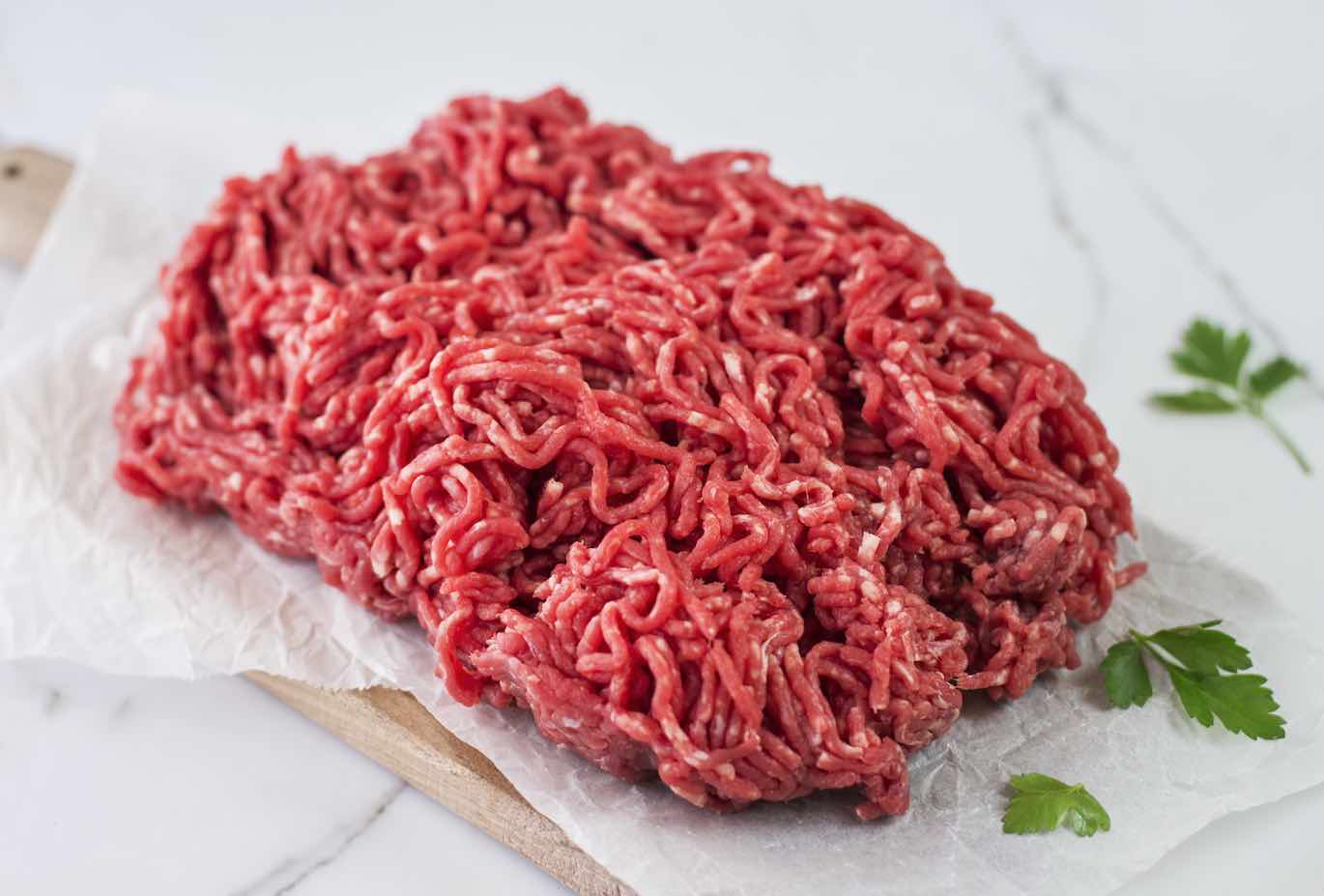
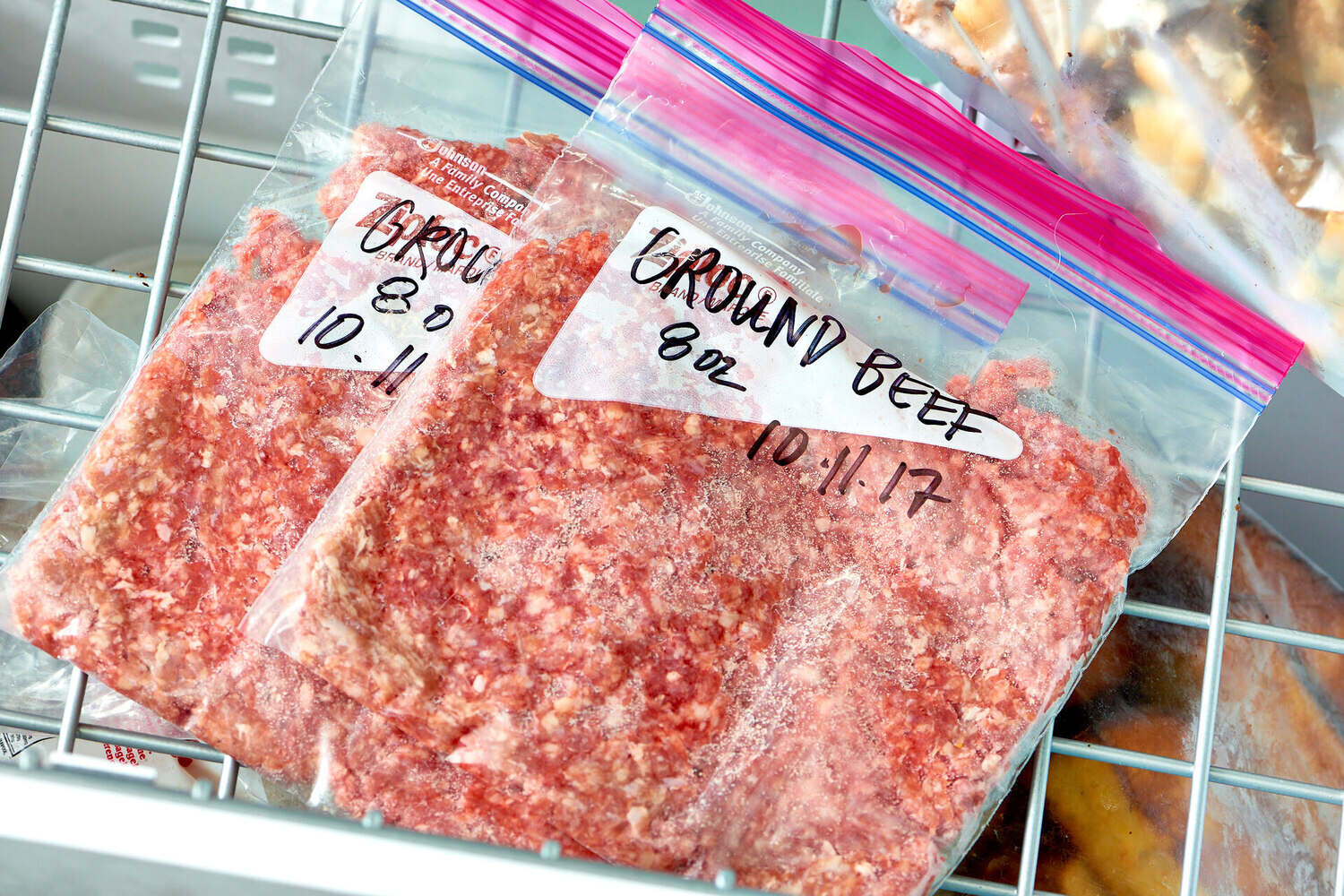
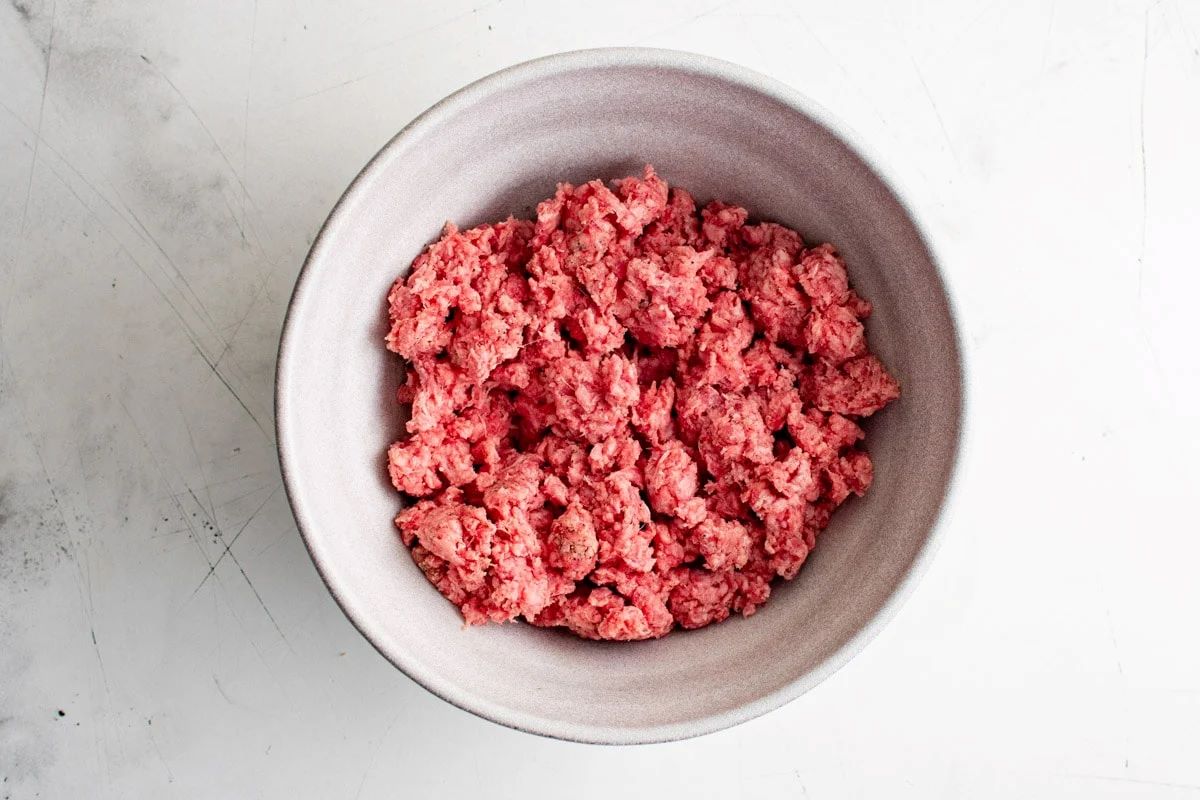
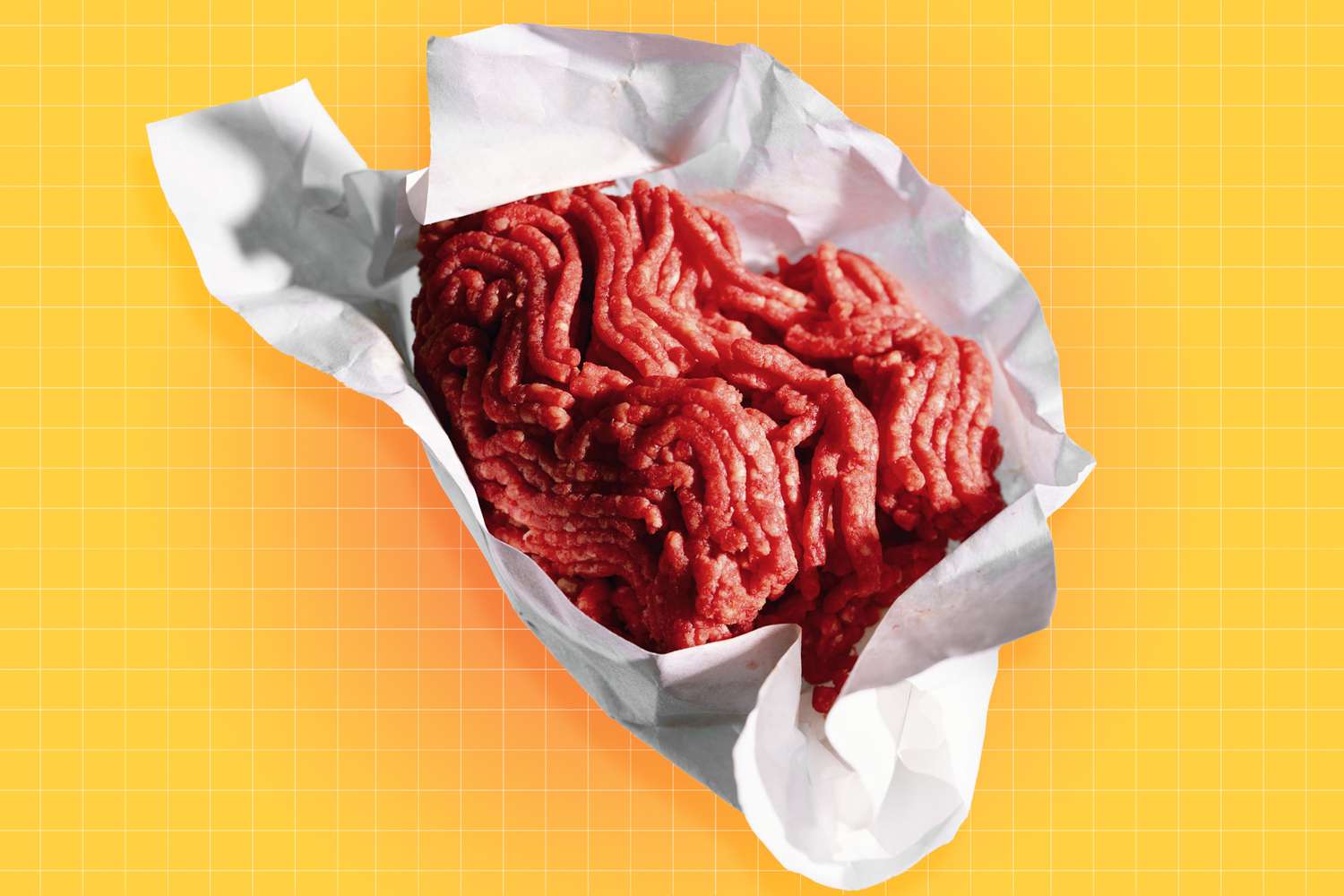

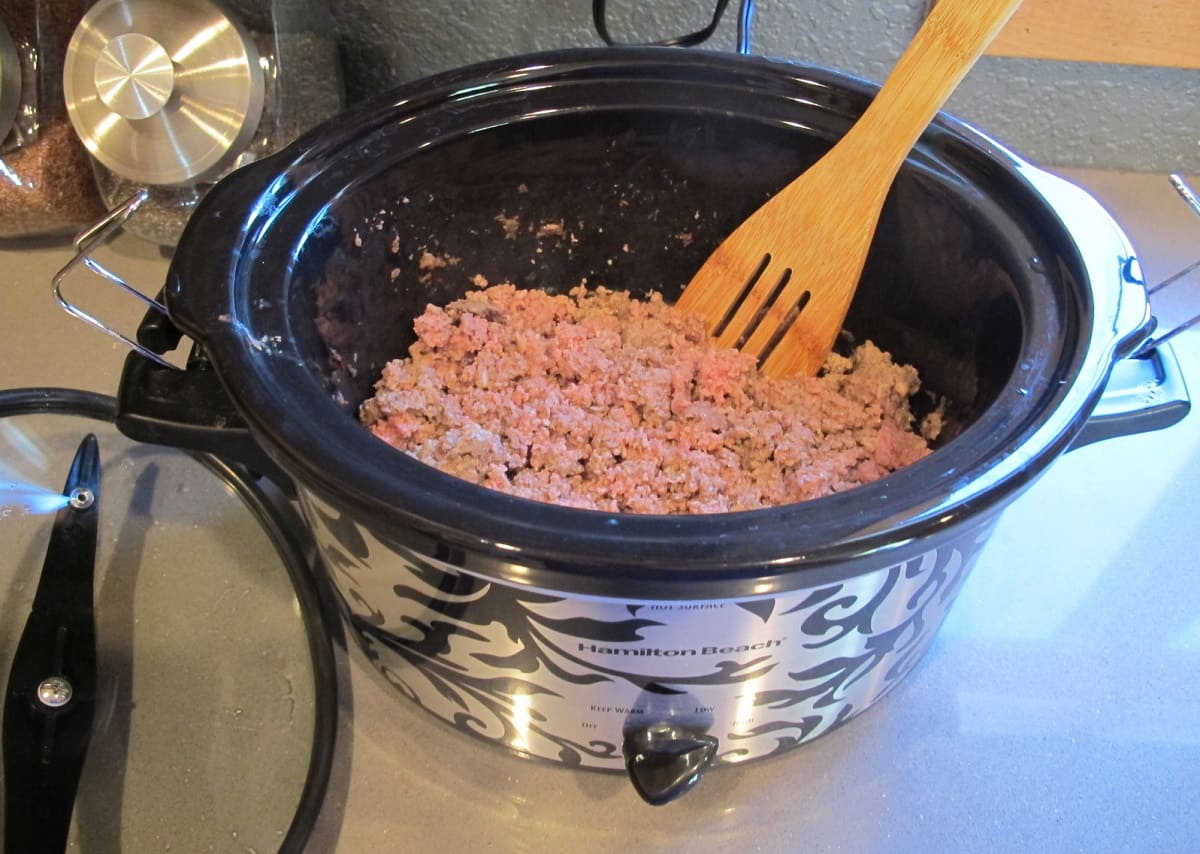
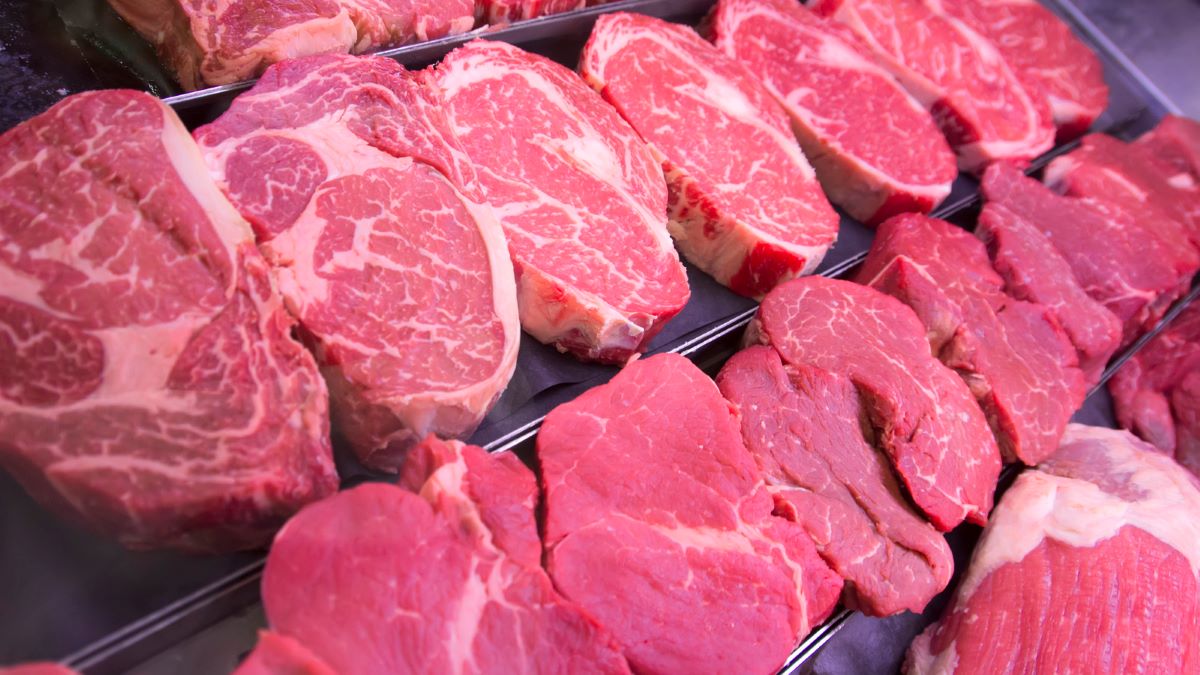
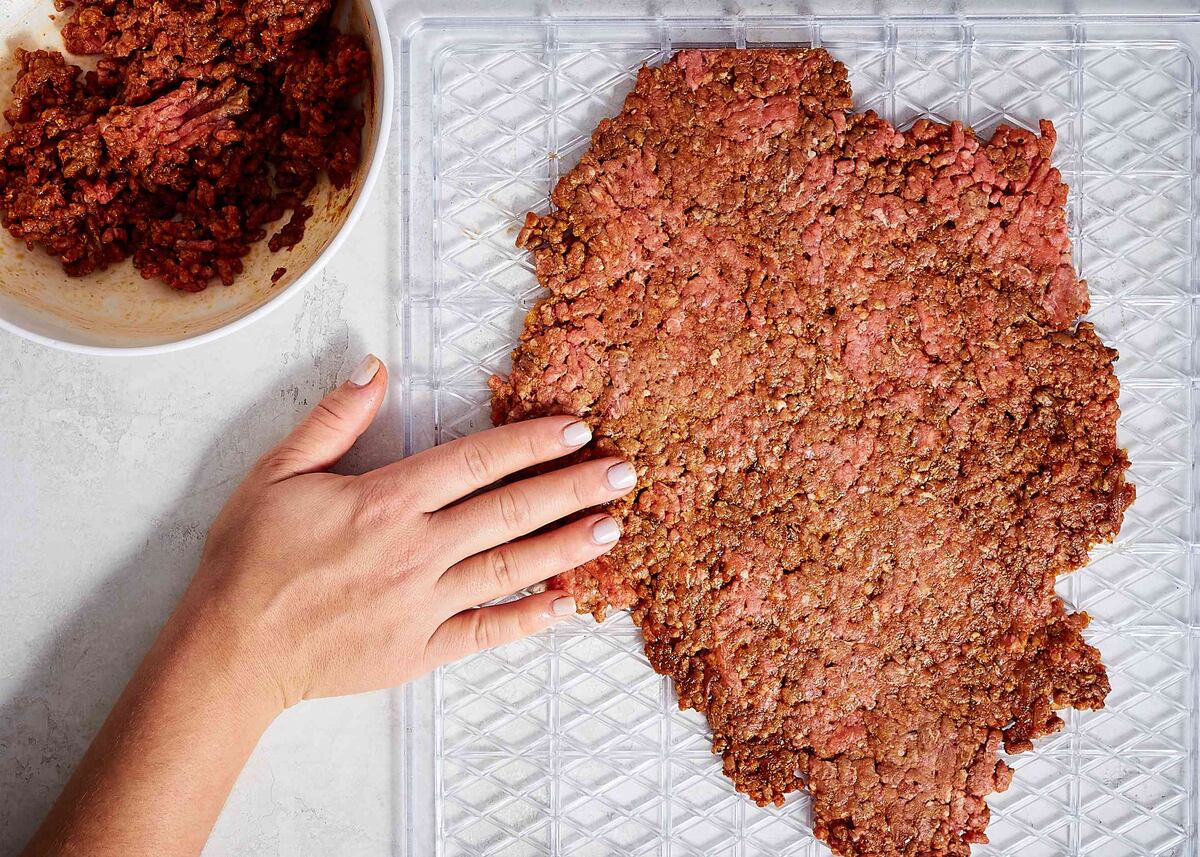

0 thoughts on “How To Store Ground Beef In Freezer”